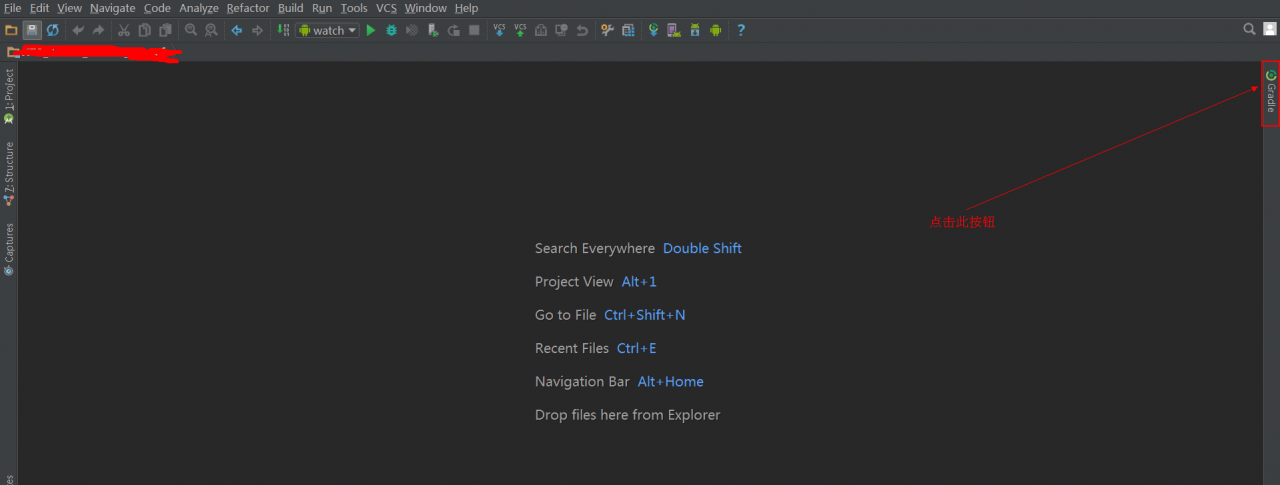
This means that no other reason than having a reference, direct or transitive, was present Have a look at the table below to understand the meaning of the different terms used: Table 5. The "Selection reasons" part of the dependency insight report will list the different reasons as to why a dependency was selected. To some extent, this is similar to an abstract class ( canBeResolved=false) which is not supposed to be instantiated, and a concrete class extending the abstract class ( canBeResolved=true).Ī resolvable configuration will extend at least one non-resolvable configuration (and may extend more than one). It is an error to try to resolve a configuration which has canBeResolved set to false. The reason is that depending on the usage (compile classpath, runtime classpath), it can resolve to different graphs. Such a configuration is there only to declare dependencies. That is to say we’re going to compute a dependency graph, resolve the components in the graph, and eventually get artifacts.Ī configuration which has canBeResolved set to false is not meant to be resolved. This distinction is represented by the canBeResolved flag in the Configuration type.Ī configuration that can be resolved is a configuration for which we can compute a dependency graph, because it contains all the necessary information for resolution to happen. Transforming dependency artifacts on resolution.Modeling feature variants and optional dependencies.Customizing resolution of a dependency directly.Fixing metadata with component metadata rules.Handling mutually exclusive dependencies.Sharing dependency versions between projects.Downgrading versions and excluding dependencies.Upgrading versions of transitive dependencies.Handling versions which change over time.

Understanding the difference between libraries and applications.



Handling Mutually Exclusive Dependencies.Understanding Library and Application Differences.Writing Custom Gradle Types and Service Injection.Avoiding Unnecessary Task Configuration.Understanding Configuration and Execution.Sharing Build Logic between Subprojects.Declaring Dependencies between Subprojects.


 0 kommentar(er)
0 kommentar(er)
